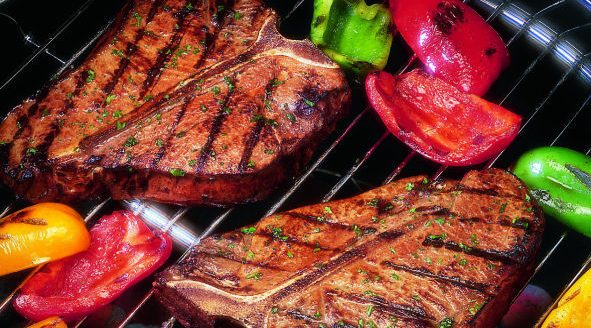Travels on a two-lane road a treat
Traveling Kansas always has been a treat for me as I enjoy seeing new countryside. A creature of habit, I often find myself taking the same highways to save time. Four-lane highways provide passing lanes to get around what is an increasing number of tractor-trailers that top out at 65 mph.
Still, the two-lane roads yield unexpected twists.
On June 4, I drove about 180 miles east of Dodge City and crossed Interstate 135 to about 10 miles southeast of Salina, for a funeral. One-day trips make for a full day but it was the right call to pay one’s respects.
I left town shortly before 6:30 a.m. and the morning drive gave me time to think about the day ahead. I could see farmers getting ready to start what would be a busy day of planting soybeans and sorghum. I realized if I took the same way back I might see tractors and planters in action near those home places.
I kept looking for hopeful signs of a salvageable wheat crop. What will happen in a few weeks is anyone’s guess. Pockets of what I thought looked promising but disappeared into a stretch of poor fields.
As a northwest Kansas native it is always disappointing to see and read about the potential of a bad crop. It was just not fair.
The best stretch seemed to be around Great Bend to near Lindsborg. As I headed northeast on Kansas Highway 156 I took the off ramp on K-4, which was going to serve as my main road the rest of the way. The patterns were similar to western Kansas but it seemed the better wheat had longer stretches and the less promising crop was a shorter one.
The thought of an improved wheat crop gave me a more optimistic view. With greater optimism I panned the scenery more diligently. It was early enough in the day I had an opportunity to look for deer, pheasants, turkey and a lone coyote who dared to wander less than 100 yards from the highway.
A promising sight was to see water in creek and in ponds, the lifeblood of ranchers who know it will be a long year if they are hauling water in June. I also could see farmers cutting hay in preparation of the ensuing process of baling large round bales. The green in pastures with cattle and calves basking in those pastures gave me a reason to smile.
As I neared Lindsborg, a beautiful Swedish community, it was time to encounter more traffic and road resurfacing meant it was time to pay closer attention to traffic and trucks. The number of vehicles in final stretch into Gypsum meant I could not relax.
Following the funeral service, burial and a light lunch it was time to make the return trip. Should I take the same way back or look for an alternative? I opted to keep the return trip routine. Why? I liked the perspective it offered and I needed to see if the fieldwork progressed. There is something to be said about the simplicity of Kansas highways.



